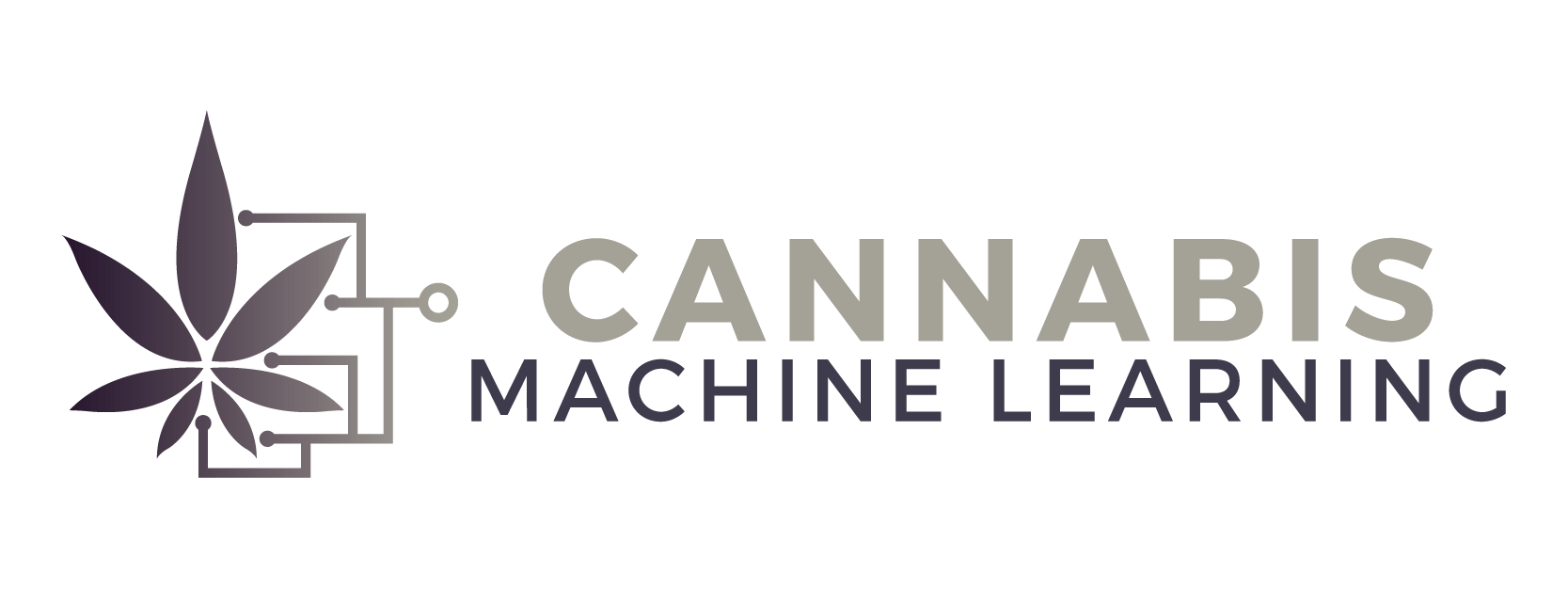Connected Hardware in Intelligent Cannabis Cultivation
The Problem: Inefficiency, Inconsistency, and Labor Bottlenecks
Cannabis cultivation is no longer just an art—it’s a science under pressure. Commercial growers face rising operational costs, strict compliance demands, and consumer expectations for consistent quality. Despite the rise of automated systems, many cultivators still struggle with overwatering, inconsistent lighting, pest outbreaks, and unpredictable yields—all symptoms of an industry that historically relied more on intuition than on data.
Machine learning (ML) offers a solution. But ML systems can’t work alone—they need reliable, real-time inputs. That’s where smart hardware comes in. From environmental sensors and thermal imaging to automated irrigation and integrated control systems, today’s cultivation tools provide the precision data ML models need to detect patterns, make predictions, and optimize grow operations.
The Solution: Hardware That Feeds Machine Learning
1. Smart Sensors Power Data-Driven Environments
Hardware like Aranet’s wireless environmental sensors provide accurate, scalable monitoring of temperature, humidity, and CO₂—key variables in any indoor grow. In soil-based grows, Teralytic offers soil probes that track moisture, pH, salinity, and oxygen levels. These tools capture thousands of data points per day, which ML systems use to refine irrigation and nutrient schedules in real time.
2. Imaging Hardware Enables Visual Intelligence
High-definition cameras and thermal sensors are changing how cultivators detect plant stress. Agnetix integrates thermal imaging into its water-cooled LED lighting systems, allowing ML models to spot canopy hot spots or disease symptoms early.
Grownetics combines cameras and computer vision to monitor plant growth, helping ML systems estimate yields and identify subtle problems before they spread.
3. Automated Controls React to AI Insights
Automation hardware brings ML insights to life. Priva offers advanced climate and irrigation systems that adjust airflow, temperature, and fertigation based on predictive models. Dosatron and Autogrow provide responsive nutrient delivery systems that can shift dosing rates based on real-time environmental and crop data.
These systems reduce human error and ensure that decisions made by ML algorithms are executed with speed and precision.
4. Integration Platforms Tie It All Together
Centralized data platforms are essential for syncing disparate devices into one intelligent network. Artemis, now part of iUNU, links sensors, irrigation systems, and imaging devices with an ML-driven dashboard for total facility control.
Meanwhile, iUNU’s LUNA platform adds ceiling-mounted camera rails that scan plants around the clock. Combined with AI, it flags visual anomalies and provides growers with automated reports on plant health, growth trends, and even spacing efficiency.
The Impact: Yield, Efficiency, and Long-Term Scalability
The integration of machine learning and hardware is already delivering measurable ROI for commercial growers. Facilities using these systems report:
- Increased yields through optimized growing conditions.
- Reduced water and nutrient use, thanks to precision dosing.
- Fewer pest outbreaks, due to early detection through imaging.
- Labor savings, with less need for manual monitoring or adjustments.
Just as importantly, this tech stack creates a digital record of cultivation that supports compliance, traceability, and predictive planning.
Putting It All Together
Cannabis cultivation is entering a new phase—where smart hardware and machine learning don’t just automate tasks, they make growers more informed, responsive, and competitive. Companies like Aranet, Teralytic, Agnetix, Grownetics, and iUNU aren’t just vendors—they’re the infrastructure behind the next generation of cannabis production.
For cultivators aiming to scale efficiently while maintaining quality and compliance, investing in these technologies isn’t optional. It’s the key to staying ahead.
